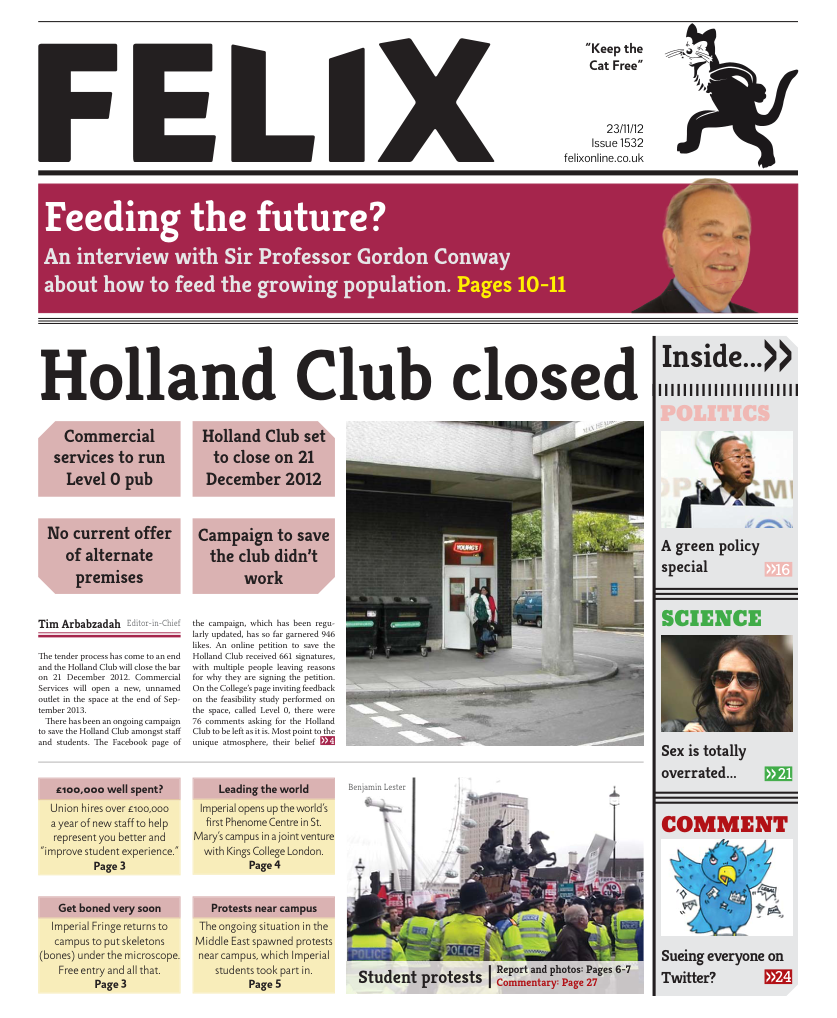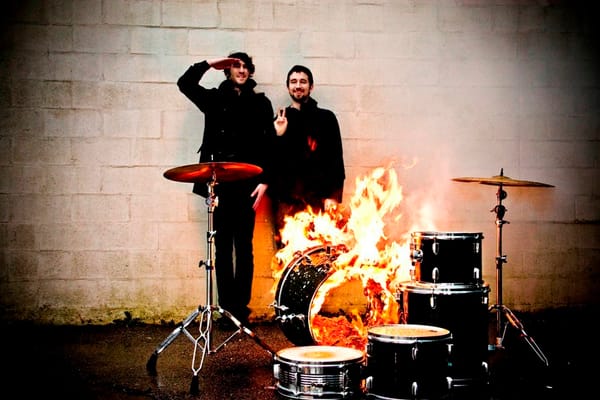You Don't Have To Call It Music #7
Pt. 7 noise
or: RRRRrrrrxxxqtqttqtxxckkkkhhhhzzzzzzzz...blip.
Punk rarely alluded to any sort of musical ambition. Its approach to independent thought and communal outreach empowered the youth to carve themselves a place in the world. Like the pioneers of experimental music decades before, their sound was as anarchic as their ideals. In the last decade, a new underground has taken form, inspired as much by punk as by the musique concrete of the 1950s. Noise music is perhaps the literal manifestation of Pierre Schaffer’s epiphany that “music is organized sound” – only this time, organization is not required.
Often referred to as the ‘god of noise’, Masami Akita’s Merzbow is probably the best known name on the global scene. His music is unrelentingly intense, an implacable force of bombed-out static blasts, adulterated walls of fuzz and curious bursts of electricity which sound like an ant colony munching away at a motherboard. Curiously, Akita is a fervent animal rights activist. Many of his albums are dedicated to myriad fauna, the avian strain being a close favourite. His live set-up includes any variety of effects pedals, primitive makeshift instruments, a laptop and contact microphones to amplify sheet metal and other objecets.
Despite Japan’s destructive leanings, championed by the likes of Hijokaidan (their 10”_ Ferocity of Practical Life_ possibly suggests the origin of their discontent), Masonna (_Frequency LSD _perhaps not the ideal trip) or Fushitsusha (free jazz group led by the enigmatic Keiji Haino), the island has been home some more creative individuals like Toshimaru Nakamura whose main instrument is the No-Input Mixing Board or Yasunao Tone who prefers using old CD players, lacking the later anti-skip technology, to corrupt his collection. Agog readers will be happy to know many of these artists have passed by the half-Japanese Café Oto in Dalston.
Frequent Merzbow collaborator, Kapotte Muziek, begun as a one-man operation in the Netherlands. The premise was to recycle sounds beyond recognition, via successive recycling of magnetic tape. As the project evolved, Kapotte Muziek begun collaborating with international noise artists (such as Asmus Tietchens and The Haters) by mailing tapes to each other and partaking in a recursive morphology of each other’s sounds.
Wolf Eyes succeeded in bringing noise to a wider audience with their ’04 release of Burned Mind on indie label Sub-Pop. The aural aesthetic is brilliantly illustrated in the accompanying artwork. Besides the artisanal bond between the two, it is sometimes the only way to make sense of what you’re hearing – or even reassure you that no, it’s not supposed to make sense anyway, what are you, sober? Yes, the drugs go hand in hand like never before. What’s strange is their soft side for bad trips. This is truly psychedelic music but not the 1969 kind. These are the depths of the human mind. The reptilian brain lighting up in the dark of night, as an acute delirium begins to pollute the interior monologue. Any shade of melody is most likely a tauntingly kitsch spook from a repurposed Casio – resulting from the spurious harmonics of unbeseeming oscillators flashing out of orbit –, synthesizer flashbacks of a life before their circuits got bent.
The band has been central to fostering the fertile noise scene in otherwise uneventful Ann Arbor, Michigan. Their own labels and distros provide some of the most colourful and archaic catalogues of new experimental music. Producing countless hand-painted covers strewn with nondescript collage work, publishing ‘zines, printing t-shirts, their editions are done in very limited runs (think, oh, 33), a necessary compromise when combining impossibly prolific tendencies with the limited income such inaccessible releases can procure. Add to that their propensity for difficult formats like CD-r’s, lathes (hand-cut vinyls) and of course, the all-time favourite, cassettes.
NYC is another vital organ to the American noise scene. From ’04 to ’09 No Fun Fest sold out three consecutive days of incessant noise year after year. This brave endeavor was initiated by Carlos Giffoni, who moonlights schizo-rave as No Fun Acid on custom synths, and releases other artists on his No Fun Productions label. Another physical presence now vanished was the Hospital Productions basement record shop, a product of Prurient’s label of the same name.
s, with proof in London’s Second Layer or Volcanic Tongue in Glasgow. This country also bears a long history of noise, namely founders of power electronics, Whitehouse, the Dadaist experiments of Nurse With Wound and the Broken Flag label founded by the psychedelic Ramleh who also circulated the cult ‘zine Even When It Makes No Sense. NWW’s 1979 debut, Chance Meeting on a Dissecting Table of a Sewing Machine and an Umbrella, included the revered NWW list citing their obscure influences, later to inspire countless others.
Perhaps the very definition of underground, the noise phenomenon is the most astonishingly creative musical movement ever. The intimacy of such a niche group of individuals has brought the experiments of academic music research to basements worldwide.
Author's notes...







